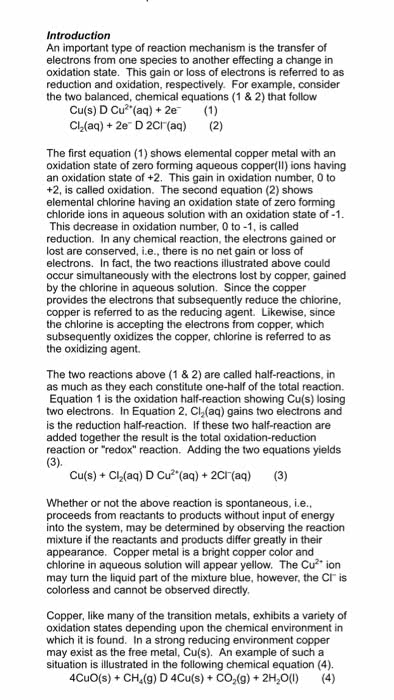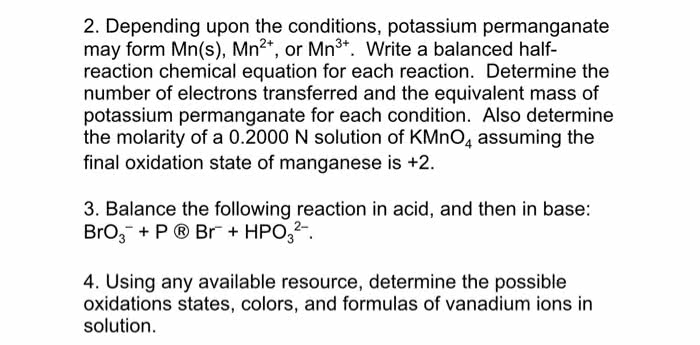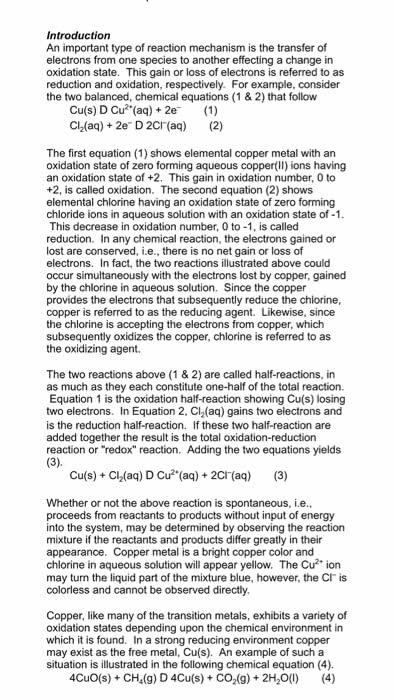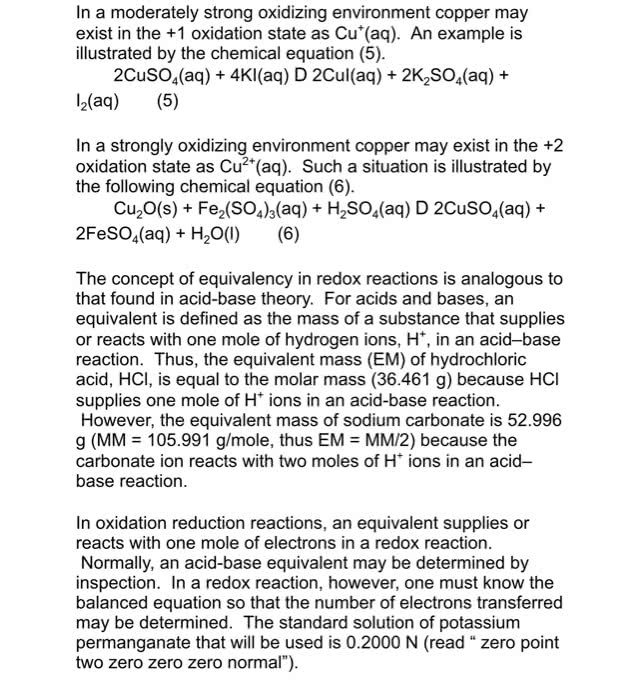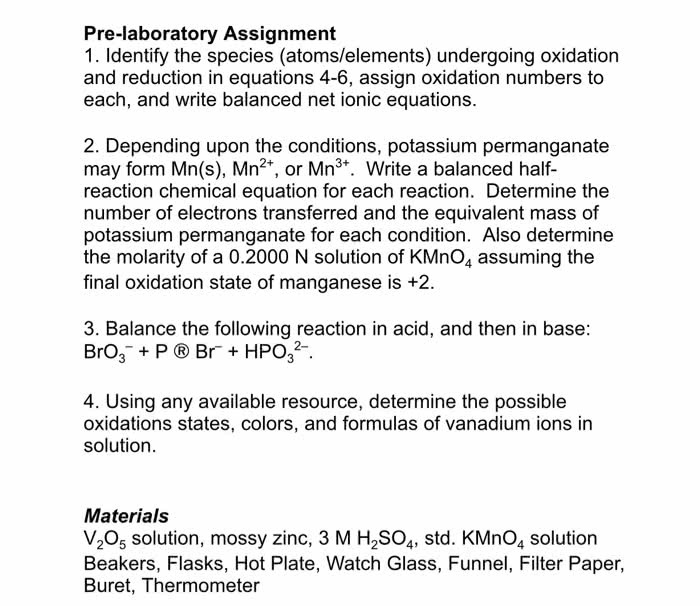CHEM 121 Lecture Notes - Lecture 9: Oxidation State, Chemical Equation, Oxidizing Agent
26 views2 pages
Document Summary
Neutralization reactions: most neutralization reactions produce water, not all, but most, net ionic equation for strong acids and bases, h+ (aq) + oh- (aq) --> h2o(l) Net ionic equations look different for weak acids: redox reactions, oxidation-reduction reactions, reaction by electron transfer, oxidation. Loss of electrons: reduction, gain of electrons, half reactions. Identifying redox: using oxidation numbers, reducing agent, only found on the reactant side. The reactant that participates in oxidation: the atom that increases its oxidation number and causes reduction in another atom, oxidizing agent, only found on the reactant side. The reactant that participates in reduction: the atom that decreases the oxidation number and causes oxidation in another atom, an easy way to spot a redox reaction is if there is an element in the equation, activity. The ability of a metal to give up electrons (aq) ---> zn2+ (aq) + cu(s: ex) zn(s) + cu2, half reactions, cu2+
Get access
Grade+
$40 USD/m
Billed monthly

Homework Help
Study Guides
Textbook Solutions
Class Notes
Textbook Notes
Booster Class
10 Verified Answers
Class+
$30 USD/m
Billed monthly

Homework Help
Study Guides
Textbook Solutions
Class Notes
Textbook Notes
Booster Class
7 Verified Answers
Related textbook solutions
Chemistry: Structure and Properties
2 Edition,
Tro
ISBN: 9780134293936
Basic Chemistry
5 Edition,
Timberlake
ISBN: 9780134138046
Principles of Chemistry Molecular Approach
4th Edition,
Tro
ISBN: 9780134112831
Chemistry: Structure and Properties
2nd Edition,
Tro
ISBN: 9780134293936
Principles of Chemistry Molecular Approach
3rd Edition, 2014
Tro
ISBN: 9780321971944
Chemistry: A Molecular Approach
3rd Edition,
Tro
ISBN: 9780321809247
Chemistry: A Molecular Approach
5th Edition,
Tro
ISBN: 9780134874371
Principles of Chemistry: A Molecular Approach
4th Edition,
Tro
ISBN: 9780134895741
Chemistry: The Central Science
14th Edition, 2017
Brown
ISBN: 9780134414232
